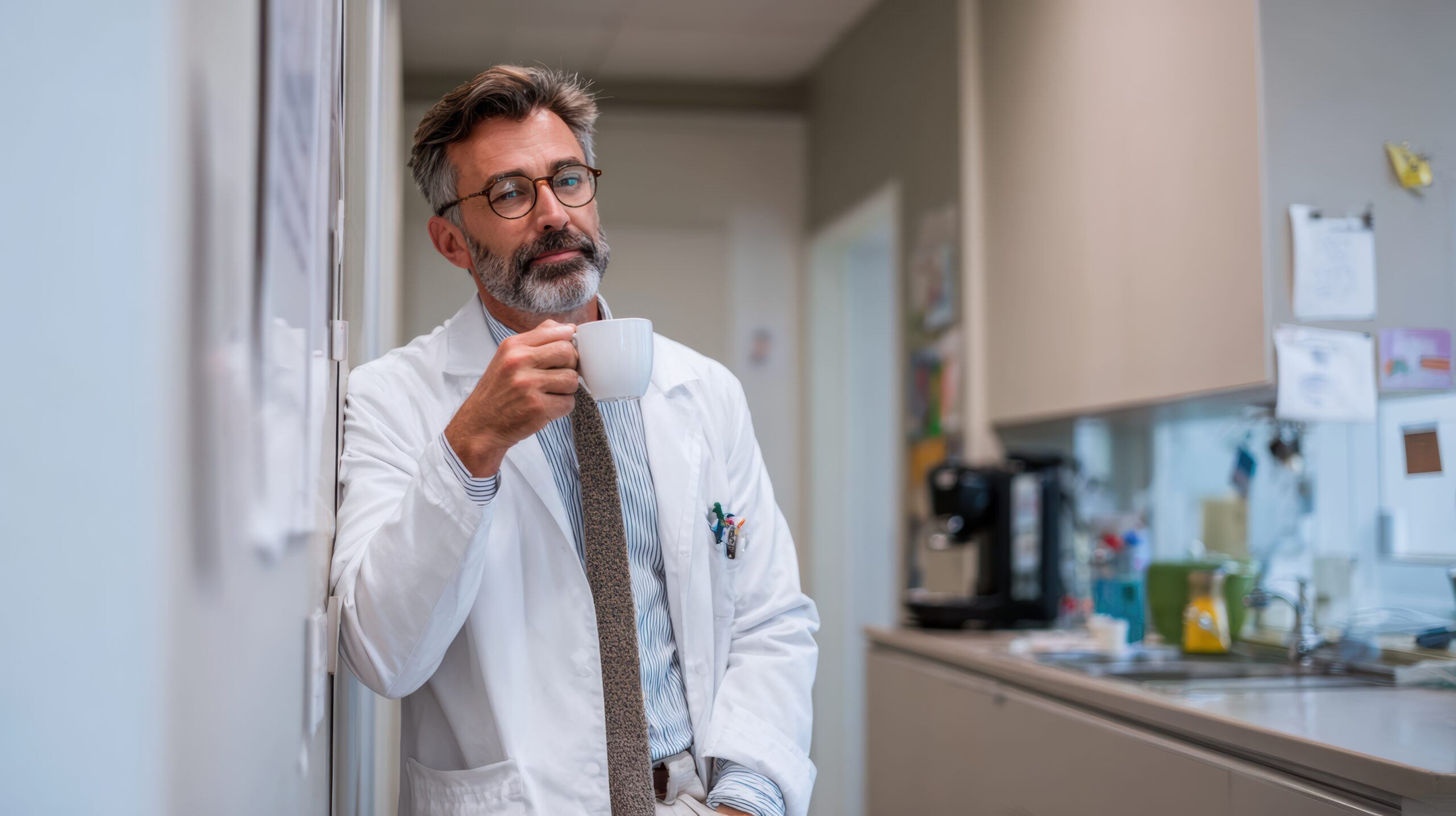The Race We Never Meant to Run
Modern medicine moves fast. Electronic health records, productivity metrics, and mounting patient loads have all pushed physicians to see more, do more, document more—all in less time. It’s easy to feel like we’re working on an assembly line, rushing from one patient to the next, hoping nothing gets missed.
But medicine was never meant to be a race.
I’ve worked in hospitals across the region—from Frankford Hospital to Main Line Health, and now at Penn Medicine—and I’ve seen firsthand the effects of this constant push for efficiency. In our attempt to move faster, we sometimes lose what matters most: presence, thoughtfulness, and connection. That’s why I believe in slow medicine—an approach that values depth over speed, careful thinking over quick conclusions, and human connection over checklists.
What Is Slow Medicine?
Slow medicine isn’t about dragging your feet or avoiding innovation. It’s about resisting the pressure to rush and making space for deeper thinking, better listening, and wiser decisions. It’s about pausing when needed, asking that extra question, and taking the time to see the whole patient—not just their symptoms.
Think of it like cooking. You can microwave dinner in 90 seconds, or you can slow-roast a meal that nourishes and satisfies on a deeper level. Both get the job done, but only one leaves you feeling full. Patients feel the difference, and so do we as physicians.
What We Lose When We Rush
Speed has its place in medicine—especially in emergencies. But when speed becomes the default setting, it leads to real problems:
- Misdiagnosis: When we don’t take time to think, we risk jumping to conclusions. That subtle symptom or key piece of history can get overlooked.
- Burnout: Constant rushing leaves little time for reflection or recovery. It turns medicine into a grind rather than a calling.
- Lost trust: Patients know when they’re being rushed. They feel it when we don’t make eye contact, when our attention is divided, when we’re already thinking about the next patient before they’ve finished speaking.
We went into this field to heal, not to hustle. But the system often doesn’t reward slowness. It rewards volume. That’s a dangerous trade-off.
Thoughtfulness Leads to Better Care
When we slow down, even a little, everything changes. We notice more. We ask better questions. We listen more deeply. And most importantly, we make fewer mistakes.
I’ve had moments in my career when a rushed assumption would have led to the wrong diagnosis. But by taking a step back, reviewing the chart more closely, or simply listening for another minute, the truth became clear. Thoughtfulness saves lives—it’s as simple as that.
Patients aren’t puzzles to be solved as quickly as possible. They’re people with stories, fears, and complex lives. The more we learn about them, the better we care for them.
Teaching the Next Generation to Think, Not Just Move
As a medical educator, I’ve spent years teaching residents and students—not just the science of medicine, but the art of it. I’ve been fortunate to receive several teaching awards, including the D. Stratton Woodruff Award and the Faculty Award for Resident Teaching, but the recognition I value most is when a trainee tells me, “You taught me how to slow down and think.”
Our medical education system is often obsessed with knowledge and speed. But real wisdom comes from reflection, not reaction. I encourage young doctors to sit with uncertainty, to ask “why” more often than “what,” and to never confuse speed with skill.
I tell them: slow is not weak. Slow is strong. It takes confidence to say, “I need a moment to think.” It takes courage to admit when something doesn’t add up. And it takes maturity to listen more than you speak.
Making Space for Slow Medicine in a Busy World
I understand that not every clinic or hospital allows for 45-minute appointments or luxurious blocks of reflection. Time is tight. Resources are limited. But even within those constraints, we can carve out moments of slowness:
- One extra breath before walking into a room.
- One more question that goes beyond symptoms.
- One pause to review the chart with fresh eyes.
- One moment of presence—just you and the patient.
These moments add up. They build trust. They deepen understanding. They make our work more meaningful—and our outcomes stronger.
The Personal Impact of Practicing Slowly
Slowing down hasn’t just made me a better doctor—it’s made me a healthier one. I’m less reactive. More present. Less prone to exhaustion. I’ve learned this through years of reflection, through meditative practice, and through reconnecting with nature—another “teacher” that moves at its own pace.
Nature doesn’t rush, yet everything gets done. That rhythm has guided me through long shifts, complex cases, and difficult conversations. It reminds me that depth matters more than speed, and that healing can’t always be forced to follow a schedule.
Final Thoughts: Rediscovering the Heart of Medicine
Slow medicine isn’t a trend—it’s a return. A return to what originally drew us to this work: curiosity, connection, and compassion. It reminds us that every patient is unique, and every interaction deserves our full attention.
In a healthcare system that often values quantity over quality, choosing slowness can feel radical. But it’s the kind of radical we need.
When we slow down, we think more clearly. We feel more deeply. We heal more effectively. And in the end, we remember why we became doctors in the first place.
Let’s bring back thoughtful practice. Let’s lead with presence. Let’s honor the art of healing by practicing medicine at the pace of care.
